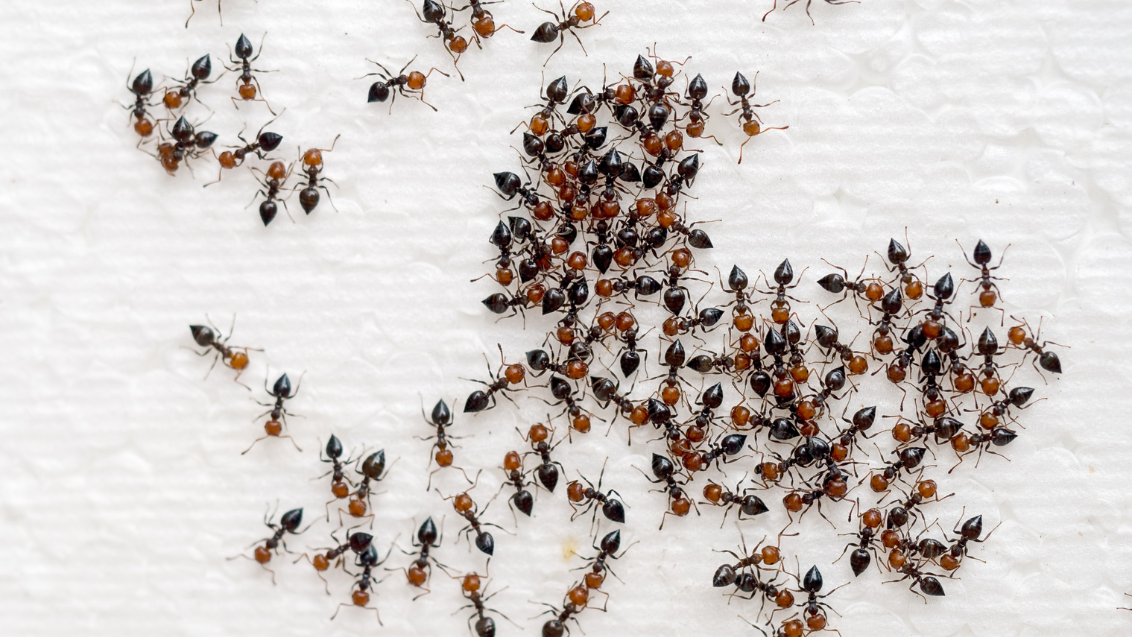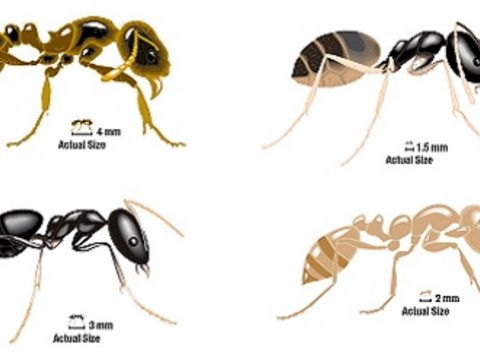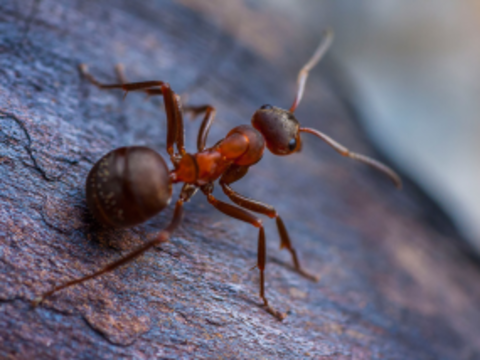6 tips for dealing with ants this spring

The run-up to summer is a great time to start thinking about ant infestations, as the warmer weather triggers these insects to start breeding and foraging for food.
To keep populations at bay, a long-term approach is always best. Peter Ambrose-Pearce, Technical Services Lead at Syngenta Australia and New Zealand, gives his expert tips on how to achieve ant control that lasts.
1. Look for where ants have put down nests
Before starting any sort of treatment, look for signs of activity in spaces such as vanity units, sheds and floor spaces between cupboards. “The first step is a thorough inspection, documenting where any relative activity is seen by live ants or ‘ant frass’ – the casting of dead ants they’ve pushed out to make room in their nests,” he says.
Peter also recommends an inspection around east-facing and west-facing window frames. “If you see signs of ant activity, that’s a good indication that they’re using the warmth of that window and the sunlight to keep their nest warm in the wall void.”
2. Do a dusting treatment in wall voids
For hard-to-reach places such as wall voids, a dusting treatment with a recommended pyrethrum product, using a blower, can be effective as a good first application. “This is a shorter-term residual treatment, but it also gets into the places we can’t get with wetter sprays,” says Peter.
3. Protect the outside of the building with a perimeter spray
Ants often look for food then return inside to their nests for protection. To block this foraging process, create a perimeter using DEMAND®: a broad-spectrum insecticide with excellent residual properties.
Peter says that DEMAND® is an economical outdoors application while DEMAND® DUO – a unique formulation that combines two actives for a powerful knockdown – is ideal for indoors. “DEMAND® acts as a repellent to stop outbreaks of ants in the wall voids or in the home. If you see active ants inside the property, use a product like DEMAND® DUO in the interior to give a good residual, non-repellent spray,” he says.
4. Don’t forget about gels
Peter also recommends including gels in your pest management approach to ensure total control. “If we’re still getting trailing ants, this is good time to use gels,” he says.
Two market-leading options are highly palatable gel baits ADVION® or OPTIGARD®, both of which are convenient to use.
“OPTIGARD® is suitable for sugar feeders, ADVION® for protein or polygon species of ants with multiple queens,” says Peter. “This is due the active ingredient in ADVION® called indoxacarb, which transfers well to multiple larvae, nymphs and queens. Once we have control of the queen, we have control of the colony."
5. In commercial settings, opt for a non-repellent treatment
If you are treating a commercial space, Peter advises using a non-repellent solution such as ARILON®, a HACCP certified insecticide that acts fast for long-lasting control.
“If you have problems with ants being around food in a commercial kitchen, that is a great area to use ARILON®. It is non-repellent, and allows ants to pick up the indoxacarb without being aware of it,” says Peter. “ARILON® is symbiotic with ADVION® ant gel, and they are a great combination in commercial situations.”
6. Post treatment
It’s important to manage customer expectations after any application by communicating its impact. Four to six weeks after initial treatment, most sites will have another outburst of ants. If you use a good residual spray such as DEMAND® and DEMAND® DUO, this second wave will be mopped up, with up to 3 months residual effect outdoors and 12 months indoors.
“Post treatment, you can expect ant activity for the next couple of days, and that should deplete. Once the customer knows what to expect, they are quite comfortable with what is happening as you’ve managed their expectations,” says Peter.


